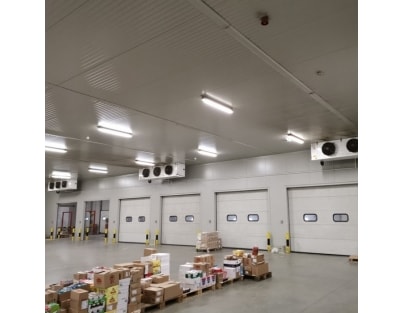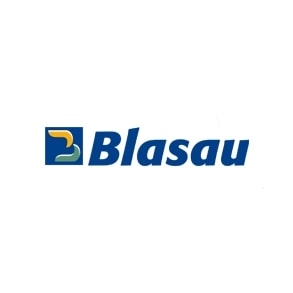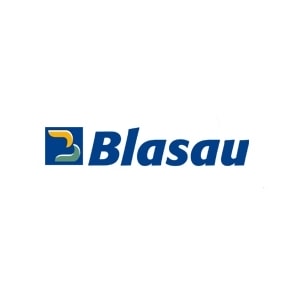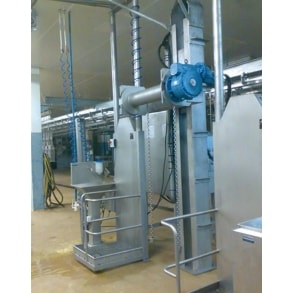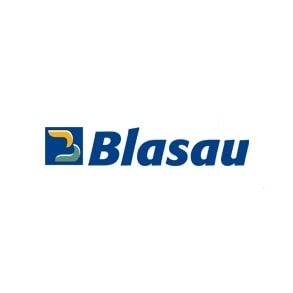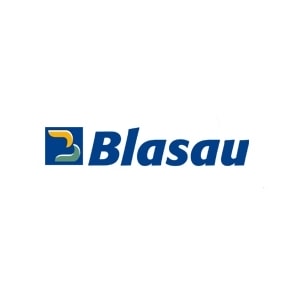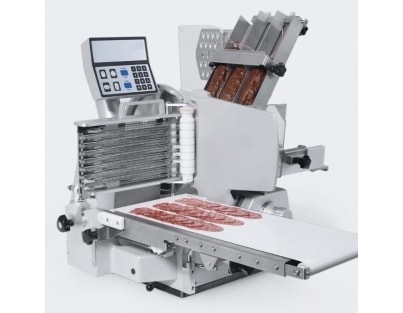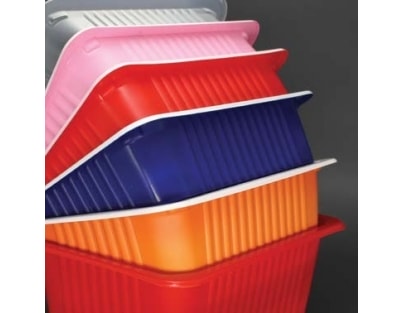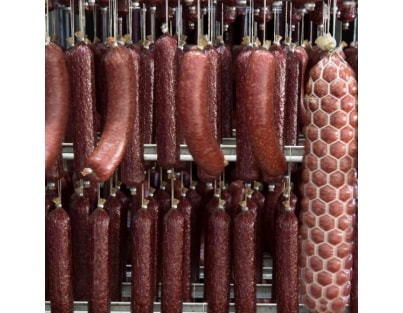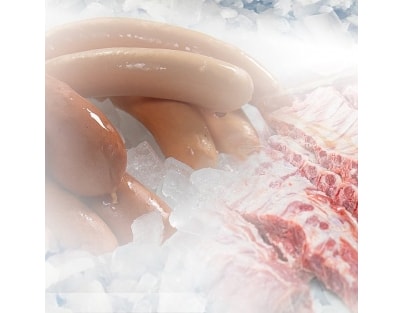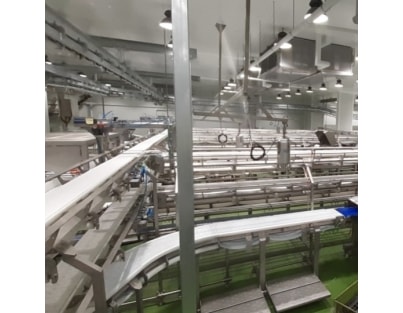RECIPES FOR YOUR
BUSINESS
-Slaughter & deboning >>
BUSINESS
-Slaughter & deboning >>
Engineering and construction sheep and cattle slaughterhouses, deboning rooms, skin process, white and red offal treatment, wastewater treatment plants
Recipes for your
business
-sausages & patties>>
business
-sausages & patties>>
Engineering and construction of meat processing factories, central kitchen and butcher shops with full turnkey European equipment supply and service
Recipes for your
business
-milk & cheese >>
Engineering, supply and installation of milk processing and cheese production plants
business
-milk & cheese >>
Engineering, supply and installation of milk processing and cheese production plants
RECIPES FOR YOUR
BUSINESS
-Flour & pasta>>
Engineering and construction milling and pasta processing plants
BUSINESS
-Flour & pasta>>
Engineering and construction milling and pasta processing plants
RECIPES FOR YOUR BUSINESS
-Water & drinks>>
-Water & drinks>>
Engineering, supply of ambient and carbonated filling plants
Slaughter houses
deboning rooms
Consultancy, technologies suggestion, equipment supply

Studying customer's requirements
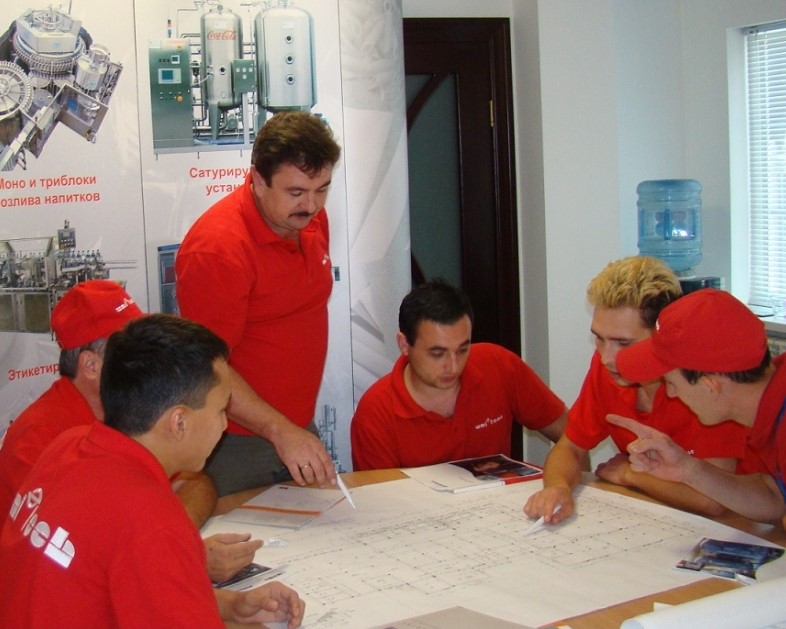
Pre-construction stage of the project (layouts, budgeting)
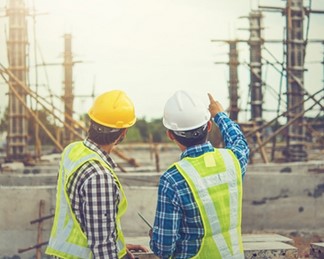
Civil construction supervision
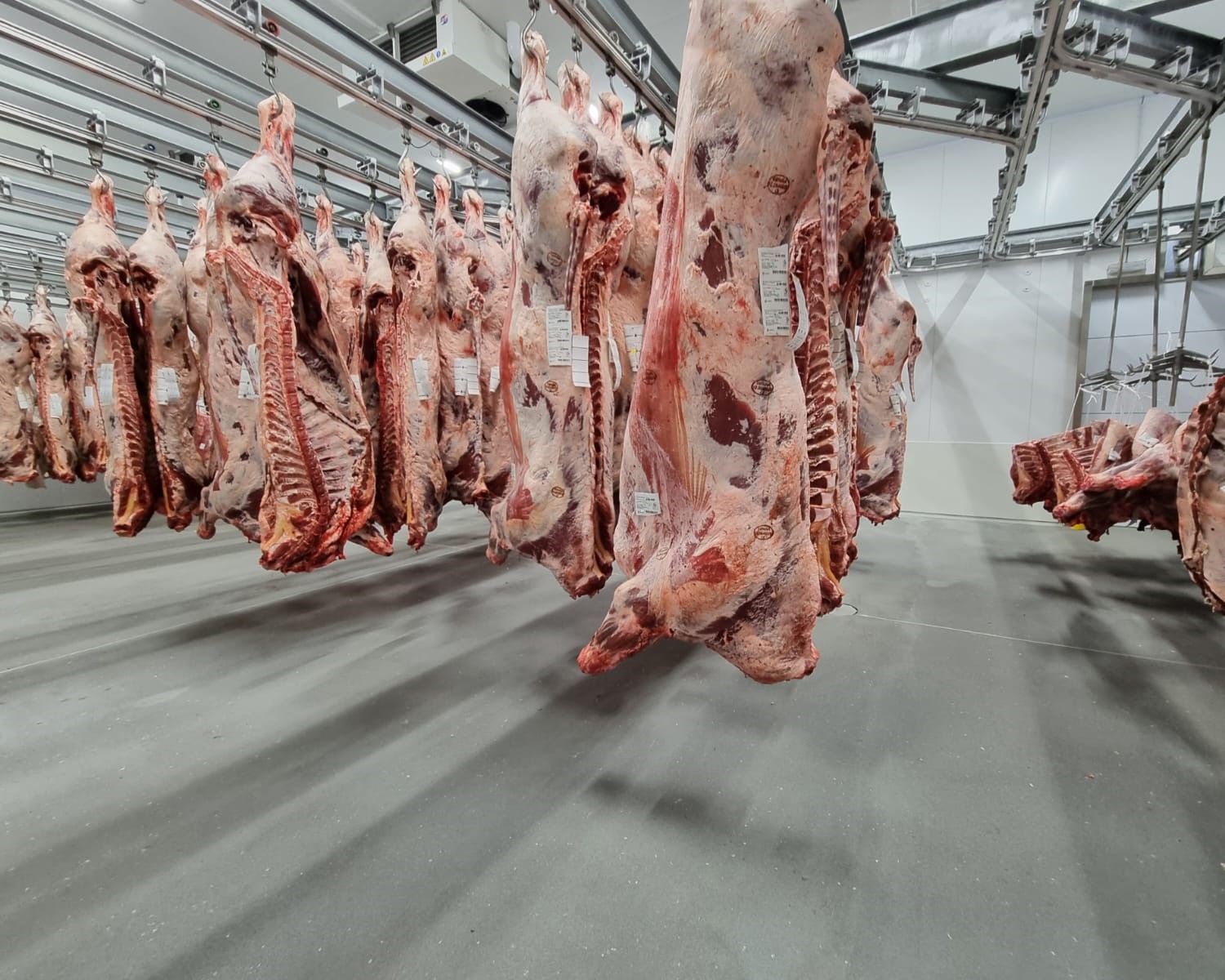
Equipment supply installation and commissioning
Design and construction of slaughter houses and meat processing workshops
Apply international quality standard and working with customers preferences. Adapt European and American standard for slaughtering and meat processing all in accordance with Halal standard. Always taking into account local construction requirements with respect to food safety and safe working environment or HACCP aspect of design.
Technological support after-sales service
UpgradeModernization and expansion of existing production
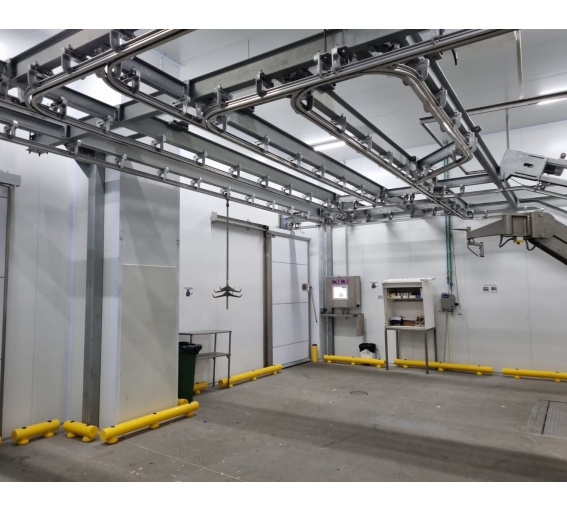
Technological supportSlaughter and meat processing standards
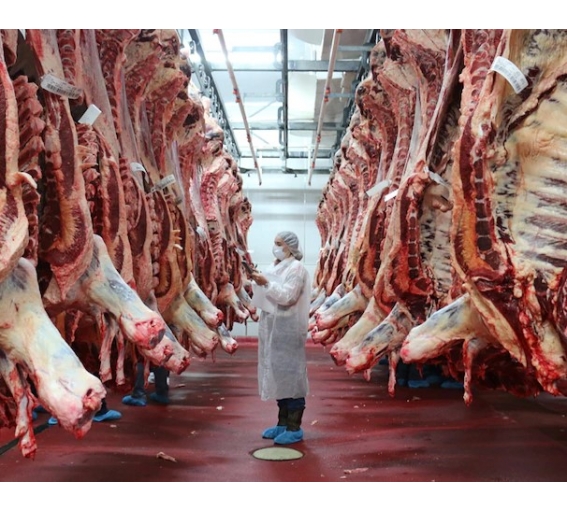
SparpartsOriginal spare parts trading and supply
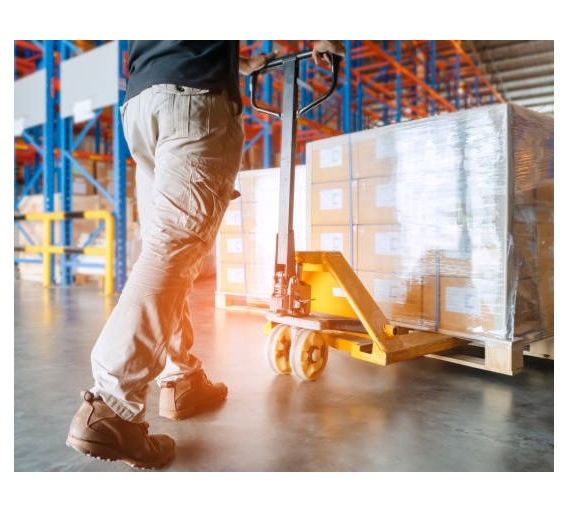
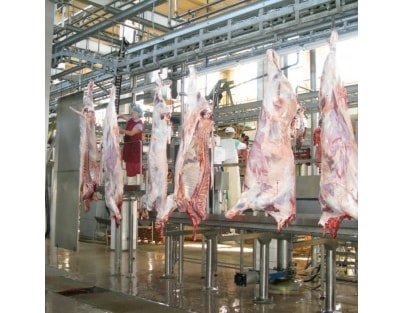
Abattoir for cattle and sheep
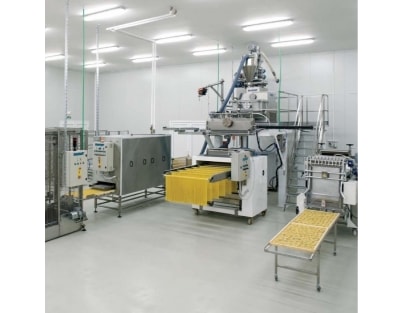
Short | long | special shape pasta lines production
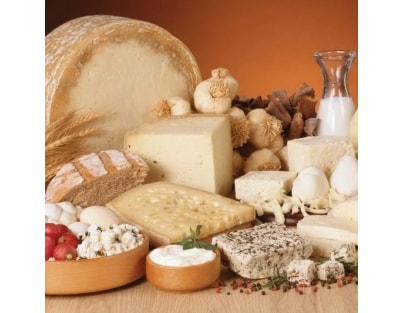
Lines for hard and soft cheese production
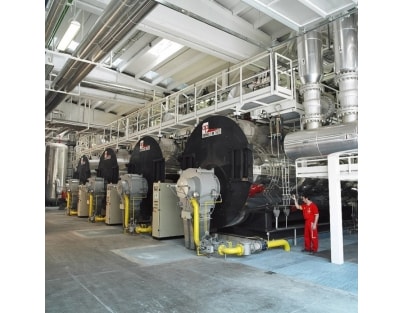
Steam generators and watertreatment
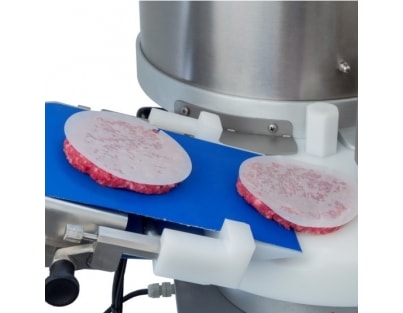
Burgers | nuggets | skewers | meatballs
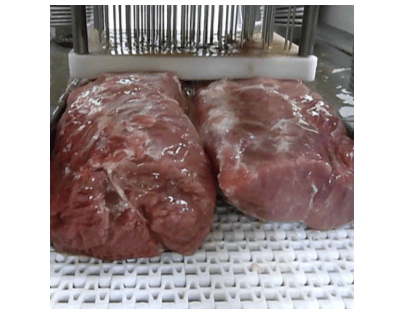
Delicatessen production
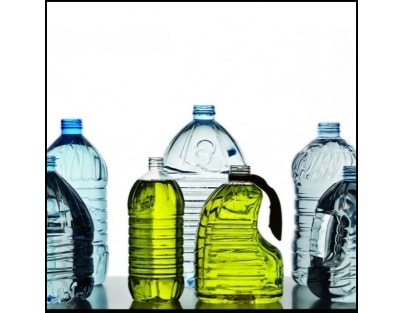
Beverage industry plant engineering
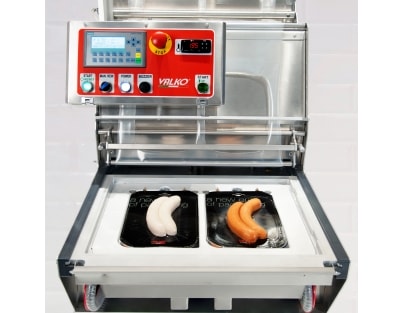
Packaging equipment
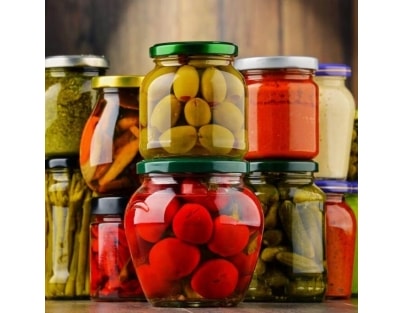
Stew canning meat, sauces and vegetable lines production
